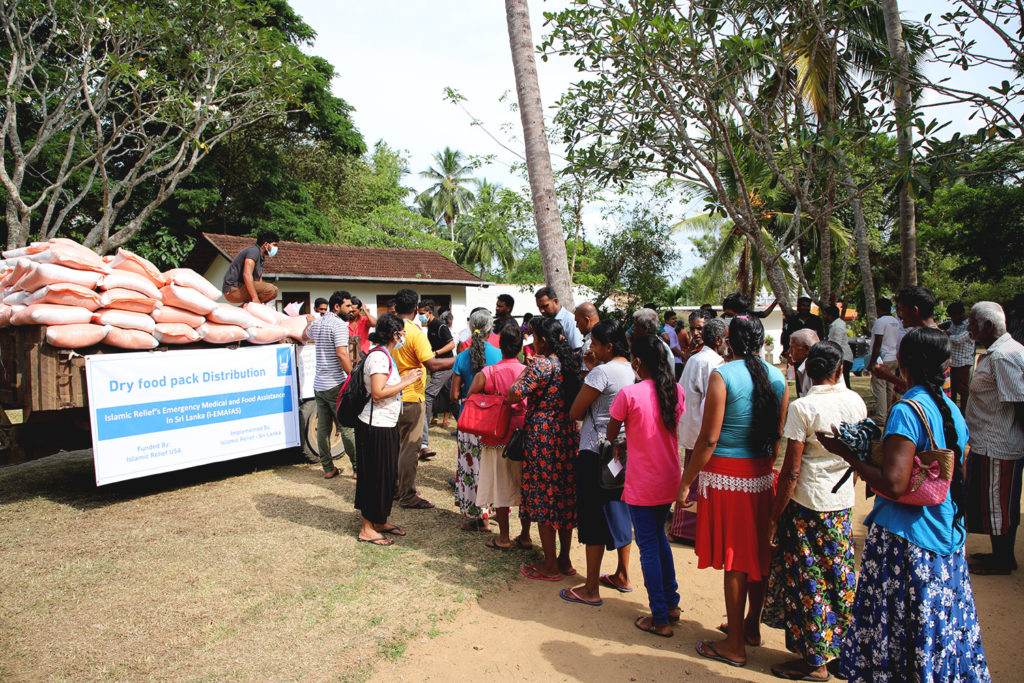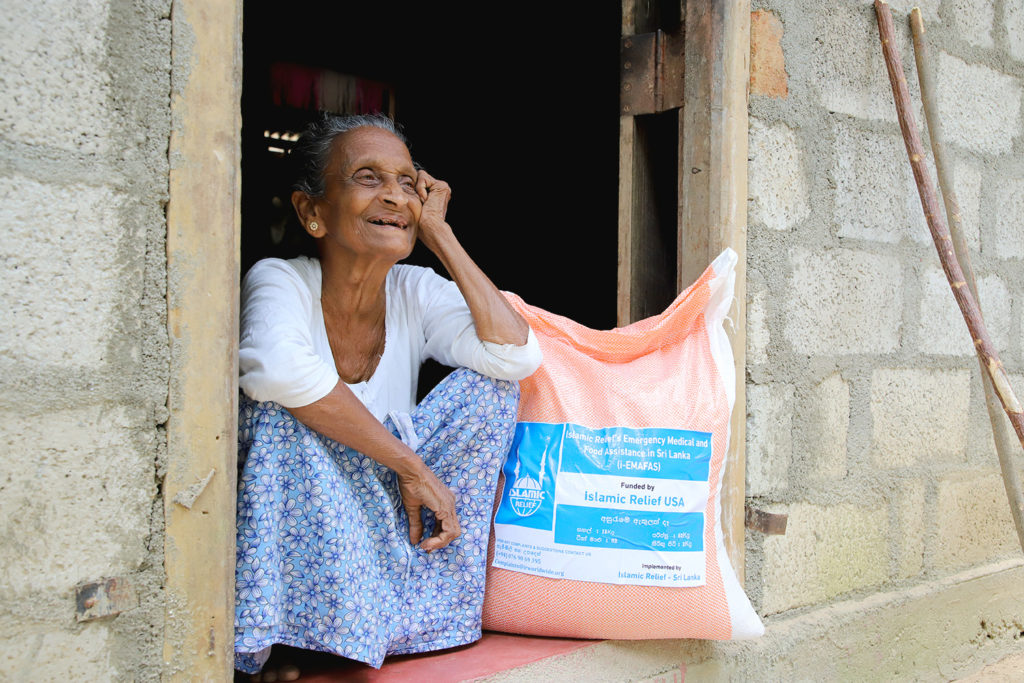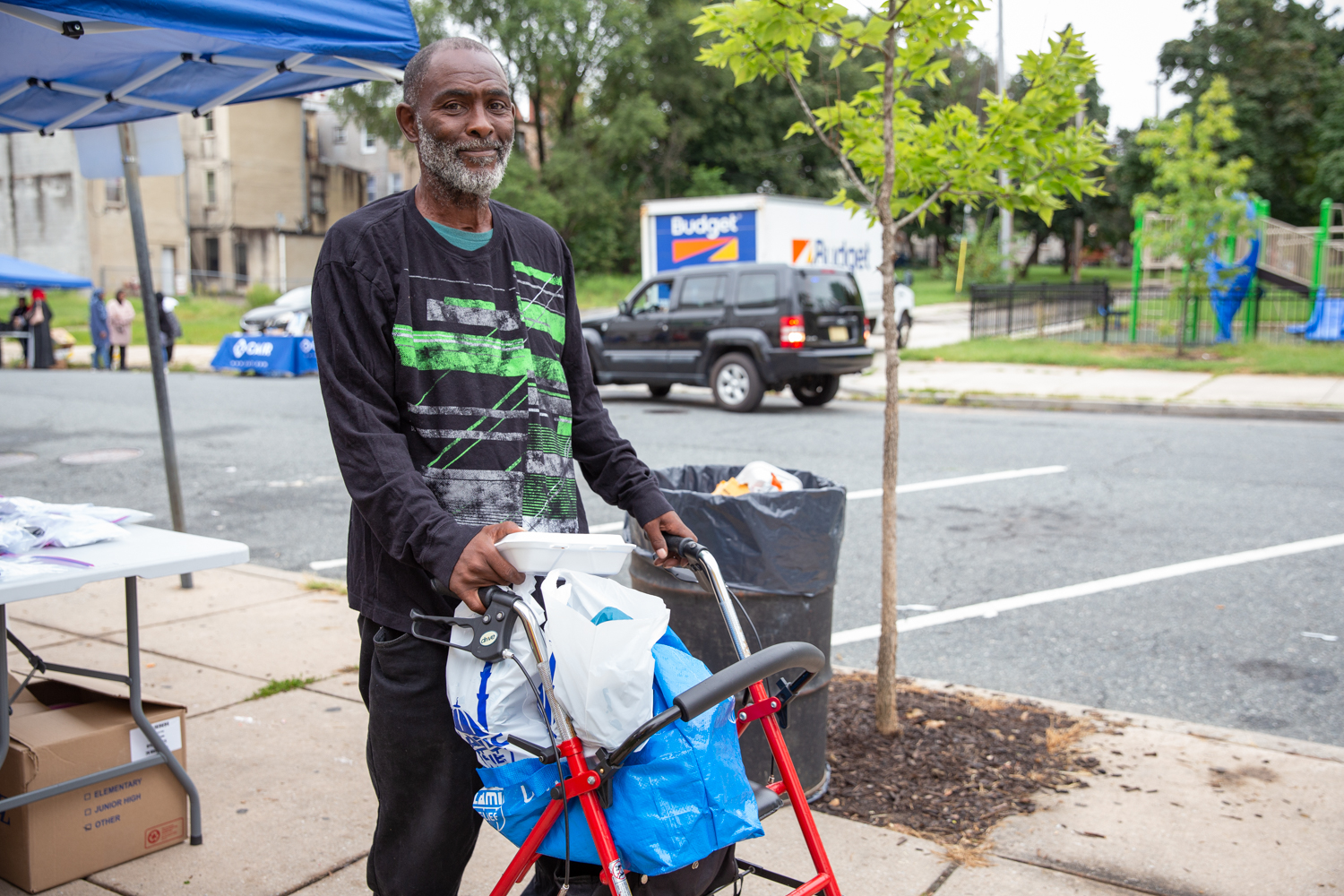Sri Lanka On the Brink of Catastrophe
Economic Disaster and Humanitarian Crisis
By Yusuf Azmi

Sri Lanka is in the middle of the worst economic crisis in its history. Skyrocketing inflation rates, depleted foreign exchange reserves, and surging food prices are amongst the numerous issues causing the country’s economic state to spiral. The government has been forced to default on its loan payments for the first time, and months of widespread protests against their policies, which were largely peaceful, have started to turn violent in recent weeks resulting in eight fatalities and over 200 people wounded.
Since emerging from a grueling 26-year civil war, Sri Lanka experienced an exponential rate of growth, in large part due to heavy borrowing by the government. This economic boom led to 1.6 million people escaping poverty, an ever-growing middle class, and, by 2019, Sri Lanka was classed as one of the World Bank’s “upper middle-income” countries.
However, this growth came at a price and that classification lasted for just one year. The debt that Sri Lanka accumulated during the economic boom had been increasing. With devastating attacks on luxury hotels and churches causing, by some estimates, an 80% dip in tourism and then the Covid-19 pandemic, Sri Lanka’s tourism industry was dealt a crippling blow. The fall of the tourism sector, which in 2018 had brought in $5.6 billion, severely impacted the country’s ability to repay its debts.
Surviving in part thanks to the remittances being sent home by Sri Lankans overseas, amounting to roughly $7 billion, the government borrowed from its neighbors to keep things afloat. However, with a fall in the value of the rupee, these remittances lost significant value. In addition, the ongoing war in Ukraine has driven up the prices of oil, wheat, and many other vital supplies, which has been detrimental to a country that relies heavily on imports, and with the nation’s foreign exchange reserves depleting, the prices of food, and other essentials, have been steadily increasing.
The food situation has also been hampered by a ban on agricultural fertilizer imports in 2021, an attempt by the government to have Sri Lanka become a 100% organic farming nation. However this led to a decrease in agricultural production and coupled with the decrease in imports, has resulted in the nation being on the brink of a widespread food shortage.
Sri Lanka is in the middle of the worst economic crisis in its history.
Since October 2021, Sri Lanka’s inflation rate has been steadily on the rise, reaching an all-time high in May 2022 of 39.1%. This has resulted in wholesale spikes in prices of essential commodities such as rice, oil, and gas. In the World Food Project’s April 2022 report on Sri Lanka’s economic status, it was reported that the price of imported rice has risen by 20% due to the currency depreciation. Cost of local rice varieties have increased by 6% due to the supply shortage and high cost of production. In addition, the price of red lentils, a product that Sri Lanka relies almost entirely on exports for, rose to a record high +10% compared to May 2022 and up by +170% from the same time last year.
The inability to import essential items spreads further than just food shortages. It’s had a devastating impact on the provision of medicine, as more than 85% of the country’s pharmaceutical products are imported. Sri Lanka’s Medical Officers Association declared a medical emergency, citing major shortages of medicine, reported by doctors and hospitals across the country. Specialized medicines such as cancer treatment medicines and heart medications to general anesthetic medicines needed in surgery are all in short supply in the government hospitals at present.
In order to remedy the situation, it seems that the Sri Lankan government, which has come under extreme pressure and severe criticism over the past few months, will have to borrow money once again. However, despite this route alleviating the short-term pressure on the country, the Sri Lankan people will continue to be negatively impacted by this crisis for a long time to come.

Islamic Relief is working now to provide emergency medical and food assistance in Sri Lanka.
We have pledged $150,000 to provide essential healthcare items to the Sri Lankan Ministry of Health, allowing them to distribute these vital supplies to where they will be most needed and reaching over 3,000 people who go to government hospitals for medical care.
In addition, through our food assistance we aim to provide food to 12,800 of the most vulnerable individuals (approx. 3,200 families) in the Monaragala district, located in the southeast of the country. This is one of the districts with a high poverty index and the beneficiaries will be identified based on a selection criterion and with facilitation of District and Divisional secretariat offices. Our work is dedicated to supporting the most vulnerable groups, including women- and single-headed households, persons with disabilities, the elderly, orphans, those affected by chronic diseases, and other demographic characteristics (e.g., gender or diversity, age, etc.) for each household.
The people of Sri Lanka have suffered greatly, and this devastating economic threat is one that has the potential to leave a lasting impact. Please, support our efforts in Sri Lanka by visiting irusa.org/asia/sri-lanka.



